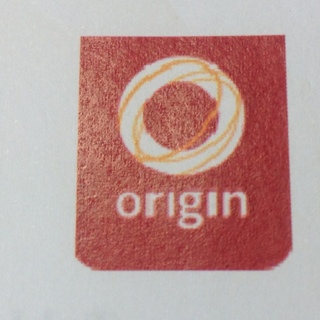Information
-
Document No.
-
Client / Site
-
Conducted on
-
Prepared by
-
Location
-
Personnel
Rig Inspection Checklist
Five key messages
-
Footing - look before you exit - look for uneven ground, rocks, other obstacles
-
Smooth - keep all movements smooth, no jumping to the ground
-
3 points of contact - 2 hands and 1 foot, or 2 feet and 1 hand
-
No twisting - on joints getting into the cabin or when stepping away from the machine
-
Keep the load close - bend your arms - dont swing on your arms
Undertake a hazard hunt - Worker looks for the following hazards
-
Rungs are clear of oil, grease and mud
-
Rungs / tread is in good condition, no breaks, cracks etc
-
Hand rails and hand grips are in good condition, no sharp edges or loose grips etc
-
No more than 48mm from ground to first step
-
Vehicle seat is in good order, adjusters work, cushion and seating in good order
Vehicle Access
-
1st attempt - Face the ladder and steps
-
2nd attempt - Face the ladder and steps
-
1st attempt - Do not carry any items during climbing (put a bag over your shoulder using its strap etc)
-
2nd attempt - Do not carry any items during climbing (put a bag over your shoulder using its strap etc)
-
1st attempt - Plan your footing to avoid twisting or shuffling on the top step. Twisting the footing applies pressure to joints
-
2nd attempt - Plan your footing to avoid twisting or shuffling on the top step. Twisting the footing applies pressure to joints
-
1st Attempt - Maintain 2 hand contact during propulsion phase
-
2nd attempt - Maintain 2 hand contact during propulsion phase
-
1st attempt - Use legs to propel upwards
-
2nd attempt - Use legs to propel upwards
-
1st attempt - Keep your body close to the ladder / steps
-
2nd attempt - Keep your body close to the ladder / steps
-
1st attempt - Climb with a smooth, steady pace
-
2nd attempt - Climb with a smooth, steady pace
Vehicle egress - exit
-
1st attempt - Visualise the ground before exiting - look for obstacles, rocks, branches uneven surfaces
-
2nd attempt - Visualise the ground before exiting
-
1st attempt - Maintain 2 hands contact during descent - use legs to lower the body
-
2nd attempt - Maintain 2 hands contact during descent - use legs to lower the body
-
1st attempt - Keep body close to the ladder / steps - do not lean out or swing on your shoulders or arms
-
2nd attempt - Keep body close to the ladder / steps - do not lean out or swing on your shoulders or arms
-
1st attempt - Do not jump to the ground - do not jump to the ground
-
2nd attempt - Do not jump to the ground - do not jump to the ground
-
1st attempt - Climb down with a smooth steady pace - do not increase the impact on any given movement
-
2nd attempt - Climb down with a smooth steady pace - do not increase the impact on any given movement
Seat adjustments
-
Adjust seating suspension to suit
-
Raise seat so that the thighs are horizontal or slightly downward
-
Adjust lumbar support to support the 'S' curve of the spine
-
Recline the seat back rest slightly (100 to 110 degrees)
-
Position forward / back to achieve comfortable pedal position so that elbows remain with a bend
-
Adjust mirrors to suit






